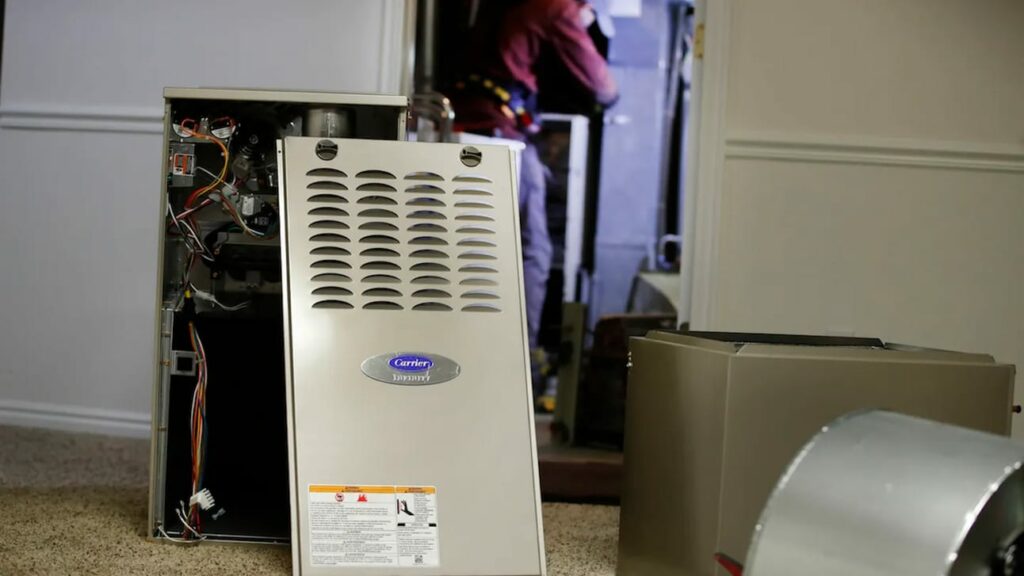How to run a successful service department with BDR’s Jennifer Shooshanian

Image: Jennifer Shooshanian
Jennifer Shooshanian is a Senior Service Coach at BDR, the WA-based business coaching group serving the HVAC industry. Jennifer is a sharp industry vet who talked to us about running a successful service department — from KPIs to billing efficiency to making the phone ring, and more.
How do you define a successful service department?
They’re highly profitable — and profitable enough to cover the overhead for the whole company. They should be the number one resource for replacement leads, and their maintenance agreements should be growing with a strong conversion rate on every opportunity — 50% or higher.
Also, they embrace accessory sales topped with exquisite customer care. You can’t do all of that without it.
What are some big KPIs you look at when evaluating a service department?
The first thing I want to know is gross revenue by truck, broken down daily, weekly, monthly, and year-to-date. Then, I want to know how many appointments we ran, and that’ll give me the average ticket price. So now I have two things I can measure: Are techs hitting the revenue targets, and if they aren’t, why not? Is it because of the average ticket or call count?
[I want to know] any type of warranty and callbacks, which we want at 2% or less. I’ll then drill down further to maintenance sales and retention — because you can do well at procuring new memberships only to watch them fall off the backend.
Finally, how many hours did we pay technicians versus how many hours we billed?
You have a strong opinion on undervaluing maintenance agreements. Can you tell me about that?
One school of thought in the industry is to use maintenance as a loss leader, thinking that someday you’ll get the repairs or replacements. That’s dangerous because you’re [poorly] setting up the customer’s expectations: If you’re inexpensive on maintenance, you’re going to be inexpensive on everything else.
The problem [with those contractors] is they’re competing against “Billboard Bob” who offers a $39.95 tune-up when we all know that’s not a true maintenance. [I think] that, and their pricing hasn’t been updated or reviewed in several years.
You commented on memberships “falling off the backend” earlier. How can contractors improve retention?
Any type of auto-renewal — a credit card or ACH monthly or annually. The second thing, if you’re not using an auto-renewal, is tracking when the agreements expire so you can send a “Thank You” 30 to 45 days out, along with a renewal invoice. Then, the next step is to follow up with anybody who didn’t renew.
What small tactics can a contractor deploy to grow revenue per truck — or in general?
[Contractors] need to be flat rate, and even if they are, but aren’t hitting revenues, they need to review invoices to make sure techs are billing for all tasks. We call it billing detective work. Get an accessory program in place, and then train techs on how to offer repair options — good, better, best, and fantastic — to grow that revenue.
We call it the “diagnostic rule of three,” which is: If you’re performing work and a part has failed, which other components of the system might be impacted downstream? What are the preventative repairs we could offer?
Can you talk to me about billing efficiency?
[To measure billing efficiency], I say, “Eight is great, nine is fine, and ten is divine.” It’s calculated by looking at how many hours you billed versus paid, multiplied by eight. Let’s say in two days, you paid 16 hours (two 8-hour workdays) but billed 7. Those 7 billed hours divided by 16, times 8, gives you a billing efficiency of 3.5.
If billing efficiency is low, it helps to identify the reasons why. Is it techs not billing for all tasks? Or are they constantly running into stock-out situations where they can’t complete calls that day because they don’t have enough truck inventory?
Beyond the obvious — online reviews, digital marketing, etc. — how do you get the phone to ring?
Hands down: Focus on the retention of existing customers. How many calls did we run last year and how many memberships do we have? It’s a measure of outbounding — phone calls and texts — intending to book a maintenance appointment. We call it “dialing for dollars.” Dealers must grow their membership base to eliminate seasonality.
All year long, focus on growing the membership base, and that builds call count for non-seasonal areas [and the next year]. Your goal is to have 750-1,000 hours of maintenance per technician.
What should service departments focus on for the rest of 2024?
Not to get political, but, [considering the election year], even if consumers aren’t going to replace their systems in the short term, they will keep them running, so we need to have them on a maintenance program. Second, technicians need to diagnose things correctly, go through all the repair options, and then follow up on those options. And then the third would be building call count.
Also, offer financing on repairs. We’ve got some early adopters on that one, but I think the stat is the average person has less than $800 in their savings account, and we’re asking them to spend $400 a year on maintenance. We must look at ways to help them keep their system running until they can replace it.
Anything else on your mind?
[On] the workforce, we need to have good programs to grow our own technicians — career advancement programs. I believe that the technicians coming into the workforce now won’t still be technicians at 55 or 60. They’ll want to level up and do something else.
Have we created a career path where they can go not just within the industry, but within our company? You must be able to bring people in, get them up to revenue, and keep cycling them through. And we must go to the high school level to help students understand that the trades are a great place to be.


